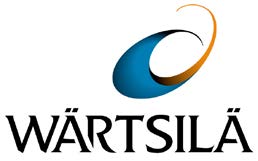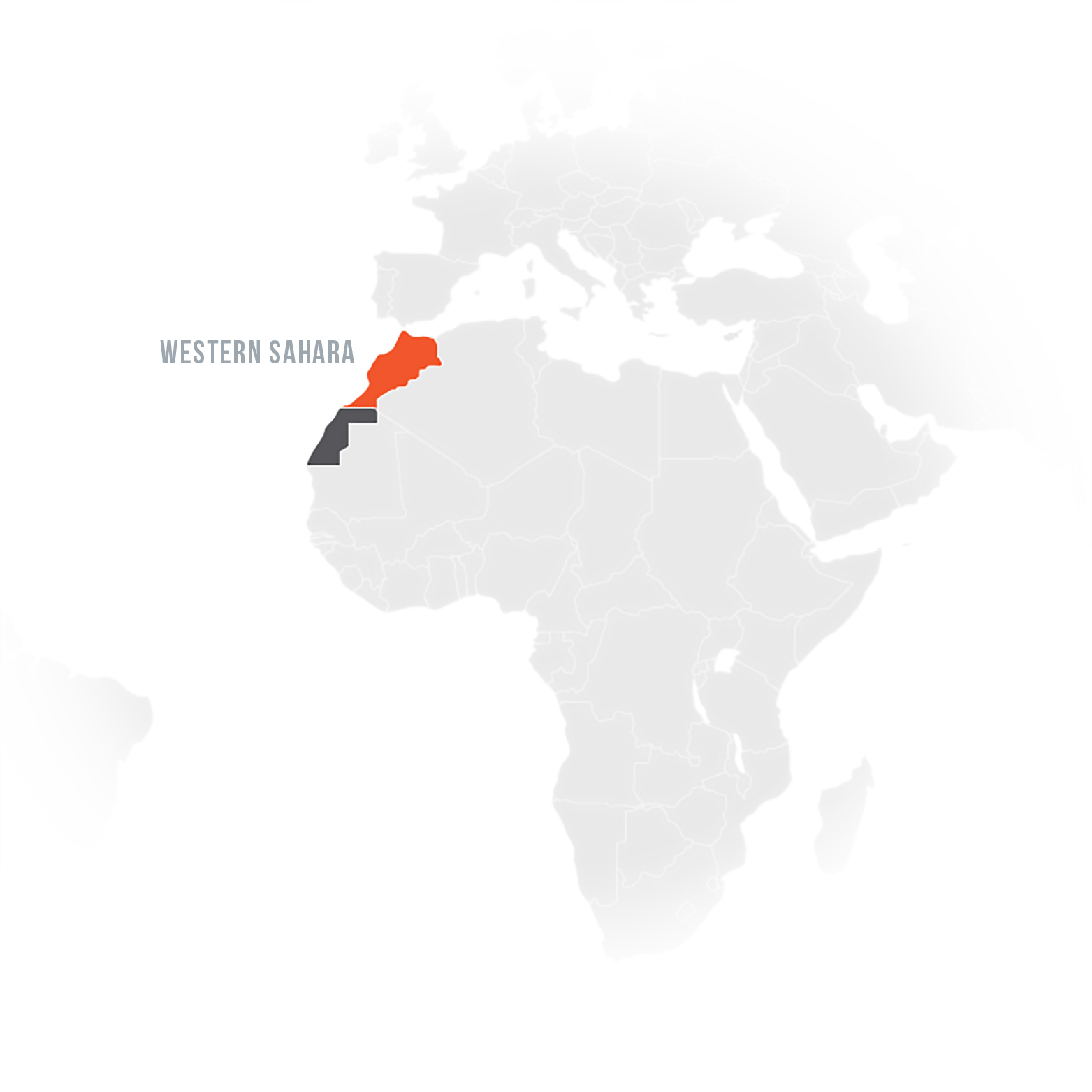

Wärtsilä, a Finnish corporation, is a global leader in the marine and energy sectors, manufacturing engines and power sources and providing technical and consulting services.[1]
In Western Sahara, Wärtsilä signed a contract in 2008 for close to $20 million with ONEE, Morocco’s state agency for energy, to install a 16.5 MW diesel power unit. This unit was intended to expand the electrical production capacity of a power plant apparently set up by Wärtsilä six years earlier in Dakhla.[2] Moroccan authorities said the aim of this project was to “help facilitate the economic growth of Dakhla in various sectors and to strengthen Dakhla’s infrastructure and production facilities.”[3]
Speaking at the project’s inauguration, Antti Rytövuori, who was serving as Finland’s ambassador to Morocco, currently serving as deputy inspector general of Finland’s Ministry of Foreign Affairs, praised the “very positive development” of relations between Morocco and Finland,[4] even though the project was not in Morocco. Alain Pilot, commercial director of Wärtsilä Group, said that the contract expresses “trust and mutual understanding between the two parties.” Later, Wärtsilä was granted numerous other projects in Western Sahara, at least one of which was financed by BNP Paribas (see section 1.17 of this report), and also in Morocco.[5] As Wärtsilä’s business documents and presentations from 2016–17 show, the company continues to look forward to doing business in Morocco's “Southern Provinces.”[6]
Insights Story
Wärtsilä’s major shareholders include many Finnish and Swedish public and cultural foundations. Investor AB, a Swedish investment company controlled by the Wallenberg family, with ~$30 billion in assets and controlling stakes in a number of leading corporations, holds 17.7 percent of Wärtsilä’s shares.[1] Fiskars Corporation,[2] Finland’s oldest company, holds over 5 percent of the shares, while Varma Mutual Pension Insurance Company (over 5%), Finland’s largest pension and insurance company and largest investor, holds over 5 percent. The Society of Swedish Literature in Finland, a prominent scholarly and cultural society, holds almost 1 percent of the stock,[3] while Finland’s State Pension Fund and the Social Insurance Institution of Finland hold almost 1 percent each.[4] Keva, the Finnish municipal workers’ pension fund, has 1.3 million workers and ~$39.2 billion in investments and holds 0.56 percent. Elo, the largest mutual funds insurer of the self-employed in Finland (~400,000 people and some 85,000 private entrepreneurs, with $24 billion in investments), holds 0.76 percent.[5] Additionally, many private funds hold shares in Wärtsilä.
[1] Investor AB, Annual Report 2016, https://www.investorab.com/investors-media/reports/; Wärtsilä, “Flaggings,” http://www.wartsila.com/investors/shares-shareholders/shareholders/flaggings.
[2] Wärtsilä, “Shareholders,” https://www.wartsila.com/investors/shares-shareholders/shareholders.
[3] Wärtsilä, “Shareholders,” https://www.wartsila.com/investors/shares-shareholders/shareholders.
[4] Wärtsilä, “Wartsila in Brief,” http://www.wartsila.com/invhttp://www.elo.fi/estors/wartsila-as-an-investment.
[5] Elo, Homepage, http://www.elo.fi/.
[1] Wärtsilä, Homepage, http://www.wartsila.com/.
[2] Aujourd’hui Le Maroc, “Dakhla: 184 Million DH to Increase the Production of Electric Power,” September 15, 2008, http://aujourdhui.ma/regions/dakhla-184-millions-dh-pour-augmenter-la-production-de-lenergie-electrique-58875.
[3] Aujourd’hui Le Maroc, “Dakhla: 184 Million DH to Increase the Production of Electric Power,” September 15, 2008, http://aujourdhui.ma/regions/dakhla-184-millions-dh-pour-augmenter-la-production-de-lenergie-electrique-58875.
[4] Royal Advisory Council for Saharan Affairs, “Contract Signature to Increase Capacity of Electric Power Production in Dakhla,” September 3, 2008,
http://www.corcas.com/Western-Sahara/Contract-signature-to-increase-capacity-of-electric-power-production-in-Dakhla--486-1358-7986.aspx; Site Culturel du Sahara, “Signing of a Contract to Increase the Capacity of Electric Power Production in Dakhla,” September 3, 2008, http://www.sahara-culture.com/Sahara-Occidental/Signature-d%E2%80%99un-contrat-pour-l%27augmentation-des-capacit%C3%A9s-de-production-d%27%C3%A9nergie-%C3%A9lectrique-%C3%A0-Dakhla-149-485-1229.aspx.
[5] Kingdom of Morocco, Ministry of Energy, Mines, Water, and Environment, “Major Projects in the Electricity Sector,” January 13, 2016, http://www.mem.gov.ma/SiteAssets/Monographie/DirectionsCentrales/DE.pdf.
[6] Wärtsilä Energy Solutions, The Need for Flexible Energy in Morocco, p. 10, https://www.wartsila.com/docs/default-source/local-files/Morocco/the-need-for-flexible-energy-in-morocco.pdf; Wärtsilä, “Morocco: The Sky’s the Limit,” February 8, 2017,
https://www.wartsila.com/twentyfour7/environment/morocco-the-sky-s-the-limit.
